
7 Nighttime Signs of Diabetes + 8 Tips to Avoid Blood Sugar Spikes Without Cutting Carbs!
You’re tossing in bed, the cool sheets clinging to your skin, but sleep won’t come. A nagging thirst pulls you to the kitchen, and your legs ache for no reason. Could these be more than random quirks? For millions, especially over 45, these nighttime disturbances hint at diabetes, a condition affecting 37 million Americans, per CDC. Undetected, it can lead to heart issues or nerve damage. But what if you could spot the signs and manage blood sugar without ditching your favorite carbs? This guide reveals seven nighttime diabetes red flags and eight practical tips to stabilize glucose naturally. Ready to take control? Let’s uncover the hidden signs first.
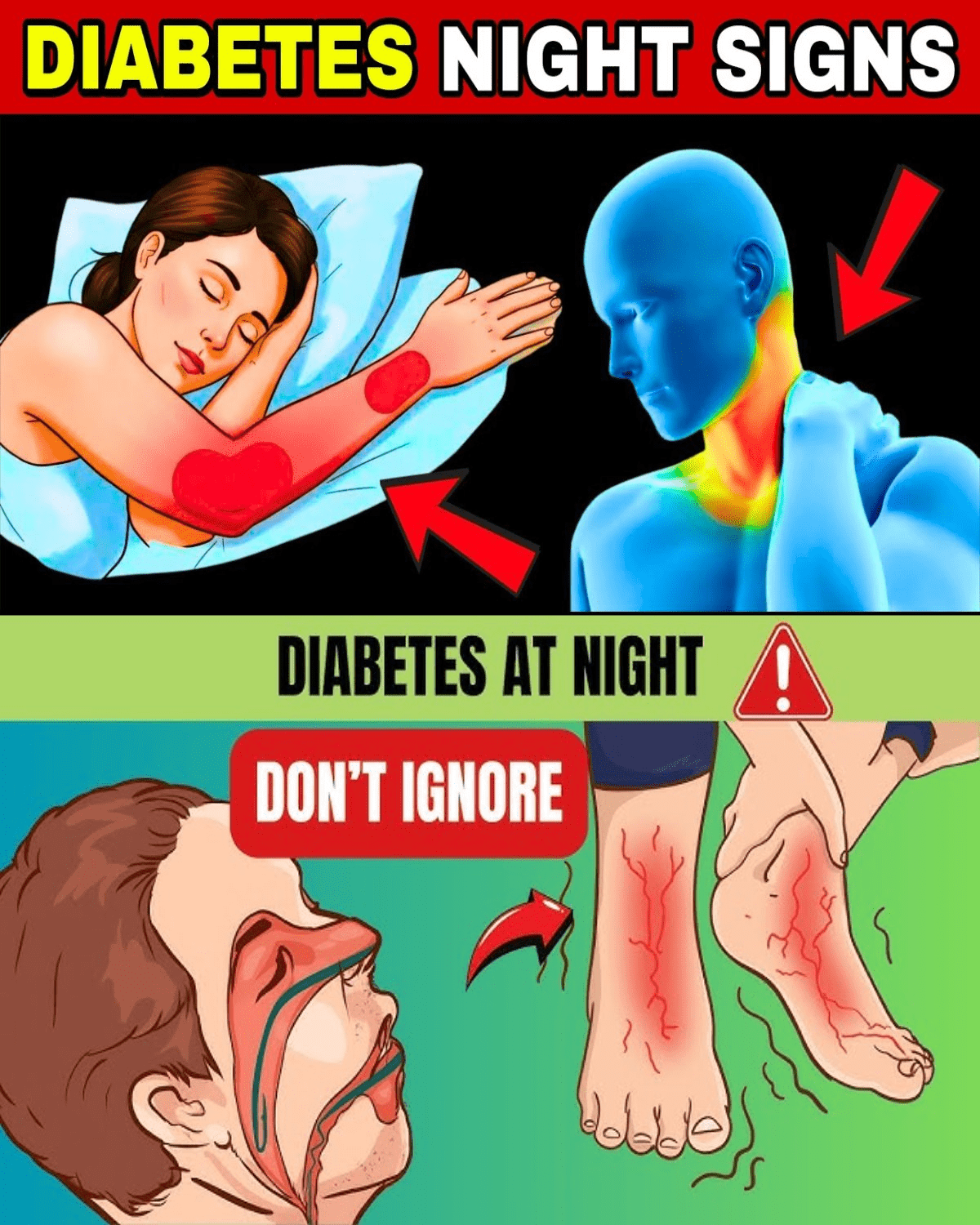
The Silent Nighttime Threat: Why Diabetes Sneaks Up
Diabetes doesn’t always announce itself with obvious symptoms. At night, when your body should be resting, subtle clues can emerge, often mistaken for stress or aging. Type 2 diabetes, the most common form, creeps in when blood sugar spikes disrupt your system. Left unchecked, it raises risks for kidney issues or vision loss, per American Diabetes Association. You might think, “I feel fine during the day.” But nighttime tells a different story. Knowledge is power—spotting these signs early can change your path. Curious what’s happening while you sleep? Let’s dive into a story that hits home.
Suspense Builds: Nighttime Clues You Can’t Ignore
Picture Maria, 50, a busy nurse who blamed her restless nights on long shifts. Waking parched, drenched in sweat, she ignored it—until a checkup flagged high blood sugar. Nighttime symptoms are often diabetes’ first whisper, per Journal of Clinical Endocrinology. Women and men over 45 face higher risks, especially with family history or extra weight. Catching these signs can mean prevention over medication. Wondering what to watch for? These seven nighttime signs, starting with Maria’s wake-up call, could save you.
7. Waking Up Thirsty or Needing to Urinate
Maria guzzled water at 2 a.m., her throat like sandpaper, then dashed to the bathroom—again. High blood sugar pulls water from cells, causing dehydration and frequent urination, per Diabetes Care. Nightly trips disrupt sleep, leaving you drained. Check how often you wake. Could this be your first clue? The next sign’s even sneakier.

6. Night Sweats or Hot Flashes
Tom, 55, woke soaked, thinking menopause-like flashes were “just stress.” Excess glucose can mess with your body’s thermostat, causing sweats unrelated to room temperature, per Endocrine Reviews. Women may confuse this with menopause. Feel clammy nightly? It’s a red flag. But number five hits your limbs.
5. Leg Cramps or Tingling
Lisa, 48, winced as leg cramps jolted her awake. High blood sugar can irritate nerves, causing tingling or spasms, especially at night, per Neurology. These aren’t just “sleeping wrong.” Try flexing your feet—if pain persists, take note. Think it’s random? The next sign clouds your rest.
4. Restless Sleep or Insomnia
Elena, 60, stared at the ceiling, unable to settle. Blood sugar spikes disrupt sleep hormones, causing insomnia, per Sleep Medicine. You might feel wired despite exhaustion. Track your sleep patterns. Struggling to drift off? Number three’s a surprising twist.
3. Intense Hunger at Night
Mike, 52, raided the fridge at midnight, craving sweets. High glucose can confuse hunger signals, triggering nighttime cravings, per Journal of Diabetes Research. It’s not just willpower—your body’s out of sync. Feel ravenous after dinner? Don’t ignore it. The next sign’s a vision clue.
2. Blurry Vision at Night
Sarah, 47, noticed her bedtime reading blurred, blaming tired eyes. High blood sugar can swell eye lenses, causing temporary blurriness, per American Journal of Ophthalmology. Test by focusing on a clock—if it’s fuzzy, act. Think it’s just fatigue? The final sign’s a game-changer.
1. Extreme Fatigue Despite Sleep
Here’s the life-altering clue: waking exhausted despite hours in bed. David, 65, felt “wiped out” every morning. Unstable glucose starves cells of energy, per Diabetes Spectrum. You might feel like you’re dragging through mud. This could reset your health radar. Ready to stabilize without carb cuts? Let’s explore solutions.
8 Tips to Avoid Blood Sugar Spikes Naturally
You don’t need to swear off pasta to manage glucose. These eight tips, inspired by Maria and David’s journeys, work with your lifestyle, using diet tweaks and habits to stabilize blood sugar. Studies show small changes can lower A1C levels by 1-2%, per Diabetes Care. Here’s how to start tonight, carb lovers included.
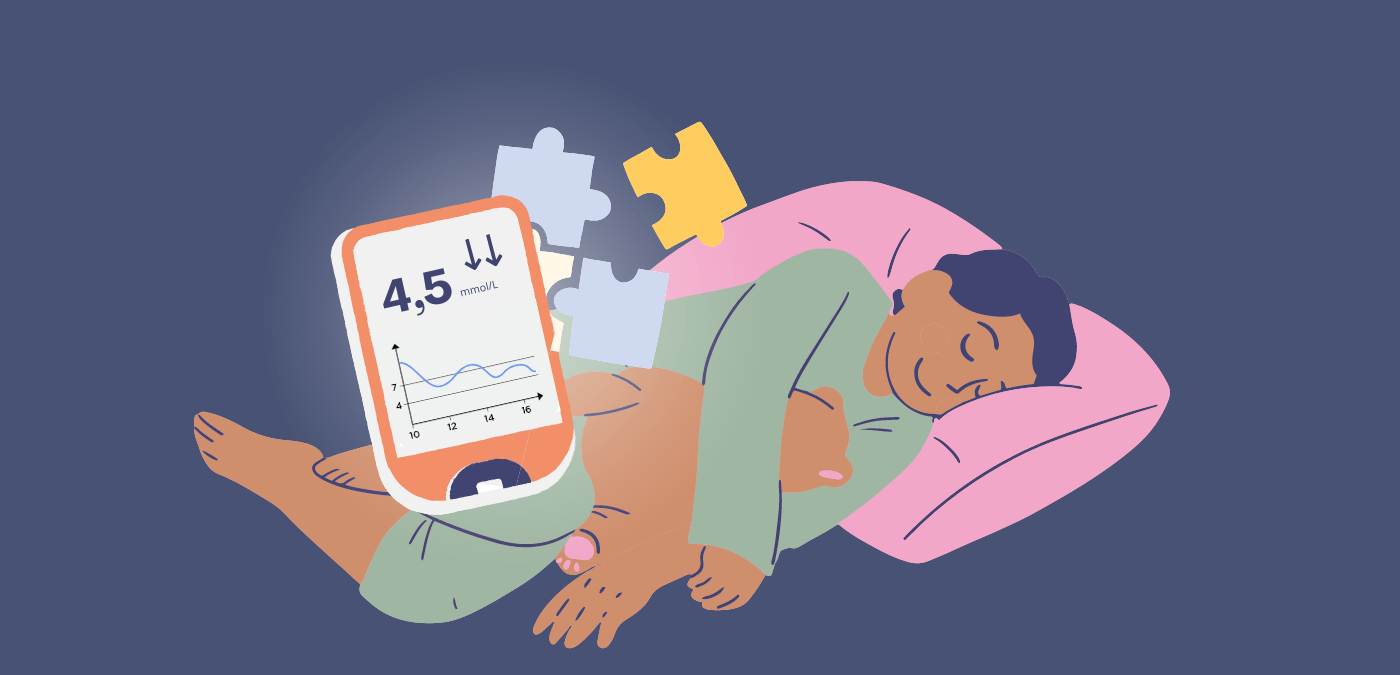
8. Pair Carbs with Fiber
Love bread? Pair it with veggies. Fiber slows sugar absorption, preventing spikes, per Nutrition Reviews. Maria added broccoli to her pasta, feeling steadier. Try a side salad tonight. Could this tame your glucose? The next tip’s a bedtime hack.
7. Sip Vinegar Before Dinner
A tablespoon of apple cider vinegar in water before meals may lower post-meal glucose by 20%, per Journal of Functional Foods. Tom sipped it, tartness waking his senses. Dilute to protect teeth. Sound odd? It’s science-backed. Number six boosts movement.
6. Take a 10-Minute Evening Walk
Post-dinner strolls burn glucose, cutting spikes, per American Journal of Preventive Medicine. Lisa walked her block, the cool air clearing her head. By week’s end, sleep improved. Too busy? Even pacing helps. The next tip’s a plate trick.
5. Balance Your Dinner Plate
Fill half your plate with non-starchy veggies, a quarter with carbs, a quarter with protein. This balance stabilizes glucose, per Diabetes Educator. Mike’s chicken and rice with greens kept him full, cravings gone. Hungry for simplicity? Number four’s a drink swap.
4. Hydrate with Water, Not Soda
Sugar drinks spike glucose fast. Water keeps cells hydrated, aiding insulin, per Nutrition & Metabolism. Elena swapped soda for lemon water, feeling lighter. Sip 8 oz with dinner. Thirsty for more? The next tip’s a spice secret.
3. Sprinkle Cinnamon on Meals
Cinnamon may improve insulin sensitivity, per Journal of Medicinal Food. Sarah dusted it on oatmeal, its warm aroma comforting. Half a teaspoon daily does it. Think it’s just for desserts? Try it on savory dishes. Number two’s a sleep saver.
2. Set a Consistent Bedtime
Irregular sleep spikes cortisol, raising glucose, per Sleep Medicine Reviews. David aimed for 10 p.m. bedtimes, waking refreshed. By week two, energy soared. Struggle with routine? Start with one night. The final tip’s a game-changer.
1. Eat a Small, Protein-Rich Night Snack
A late snack like Greek yogurt or nuts stabilizes overnight glucose, per American Journal of Clinical Nutrition. Maria’s almond handful stopped midnight hunger. Feel the difference by morning. This could transform your nights. Ready to act?
Your Action Plan: Start Tonight
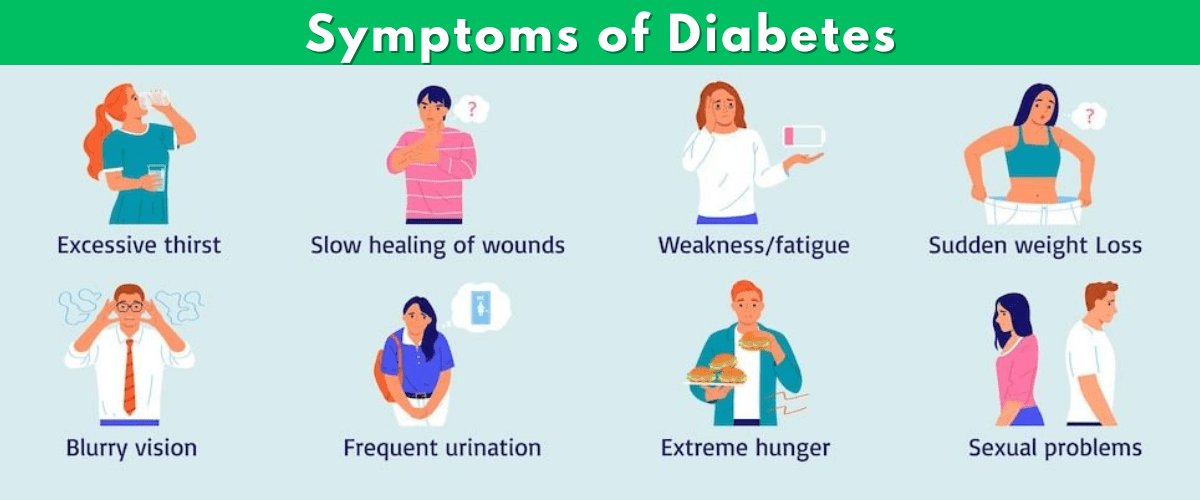
Combine these tips for max impact. Maria used three—vinegar, walks, balanced plates—and saw steadier energy in days. You might worry, “Will I stick with it?” Start with one tip, like David’s bedtime routine. Always consult your doctor, especially with meds or symptoms. Here’s a quick guide:
| Sign | What to Notice | Action to Take |
|---|---|---|
| Thirst/Urination | Waking parched, frequent bathroom trips | Track frequency, call doctor |
| Night Sweats | Clammy skin, hot flashes | Check room temp, note patterns |
| Leg Cramps/Tingling | Painful spasms, numbness | Stretch, monitor persistence |
| Restless Sleep | Trouble falling/staying asleep | Log sleep hours, seek advice |
| Night Hunger | Intense cravings post-dinner | Note timing, check diet balance |
| Blurry Vision | Fuzzy sight at night | Test focus, consult professional |
| Extreme Fatigue | Exhausted despite sleep | Track energy, get bloodwork |
Stabilizing tips comparison:
| Tip | How It Helps | Easy Start |
|---|---|---|
| Fiber with Carbs | Slows sugar absorption | Add veggies to dinner |
| Vinegar Pre-Meal | Lowers post-meal glucose | 1 tbsp in water |
| Evening Walk | Burns glucose, aids sleep | 10 min post-dinner |
| Balanced Plate | Stabilizes glucose | Half veggies, quarter carbs |
| Hydrate with Water | Supports insulin function | Swap one soda for water |
| Cinnamon | Boosts insulin sensitivity | Sprinkle on breakfast |
| Consistent Bedtime | Reduces cortisol spikes | Aim for same time nightly |
| Protein Snack | Stabilizes overnight glucose | Handful nuts before bed |
Don’t Let Nighttime Signs Steal Your Health
Imagine waking refreshed, no thirst, no cramps, just energy. These seven signs—thirst to fatigue—signal diabetes early. Maria and David caught theirs, stabilizing with simple tips. Start tonight: sip vinegar, walk, or snack smart. Don’t let silent spikes control you. Share this with a loved one—it could spark their wake-up call. P.S. A 10-minute walk after dinner burns more glucose than you think—try it tonight!
This article is for informational purposes only and not a substitute for professional medical advice. Consult your healthcare provider for personalized guidance.
News in the same category

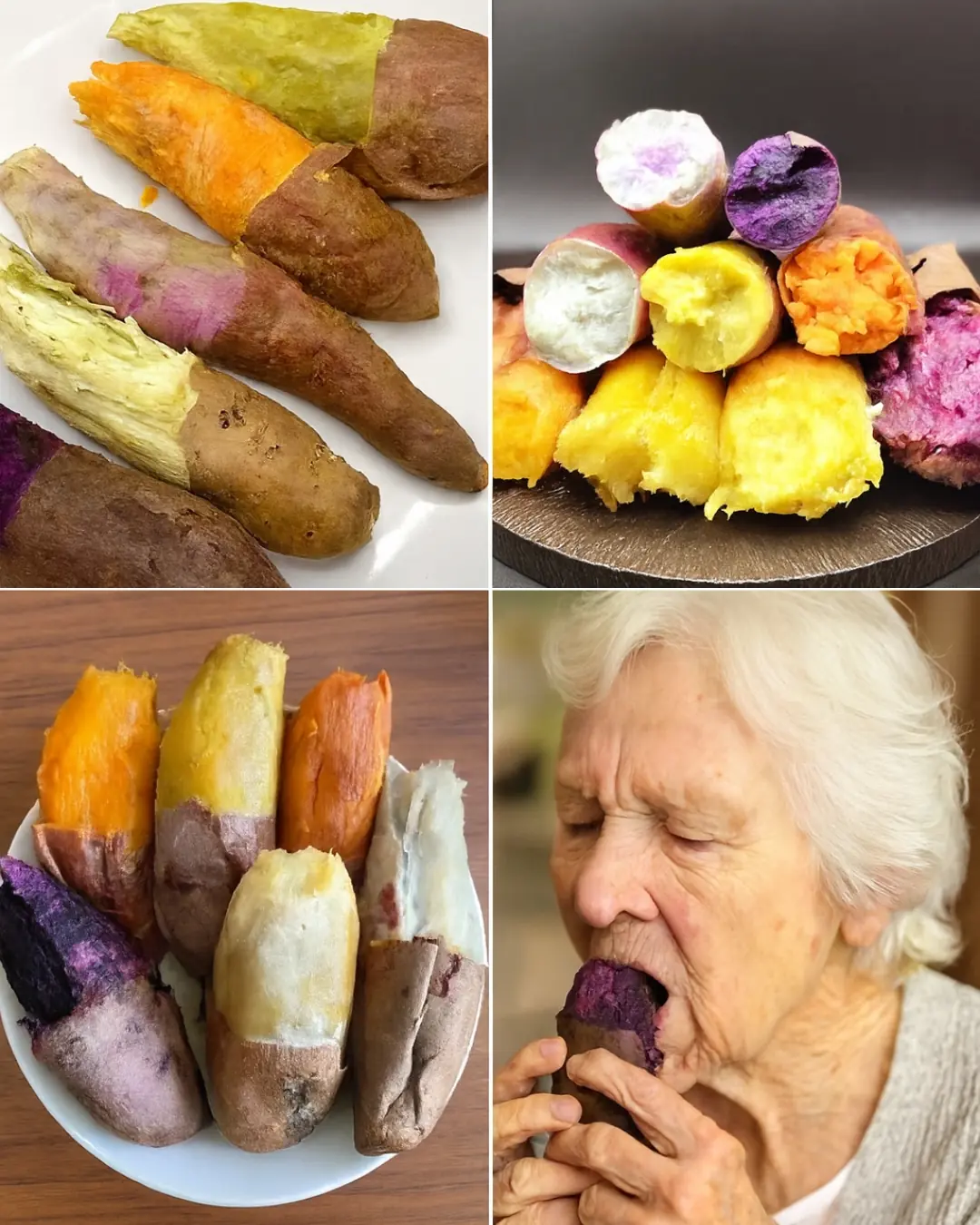
11 Secrets About Sweet Potatoes You Didn’t Know
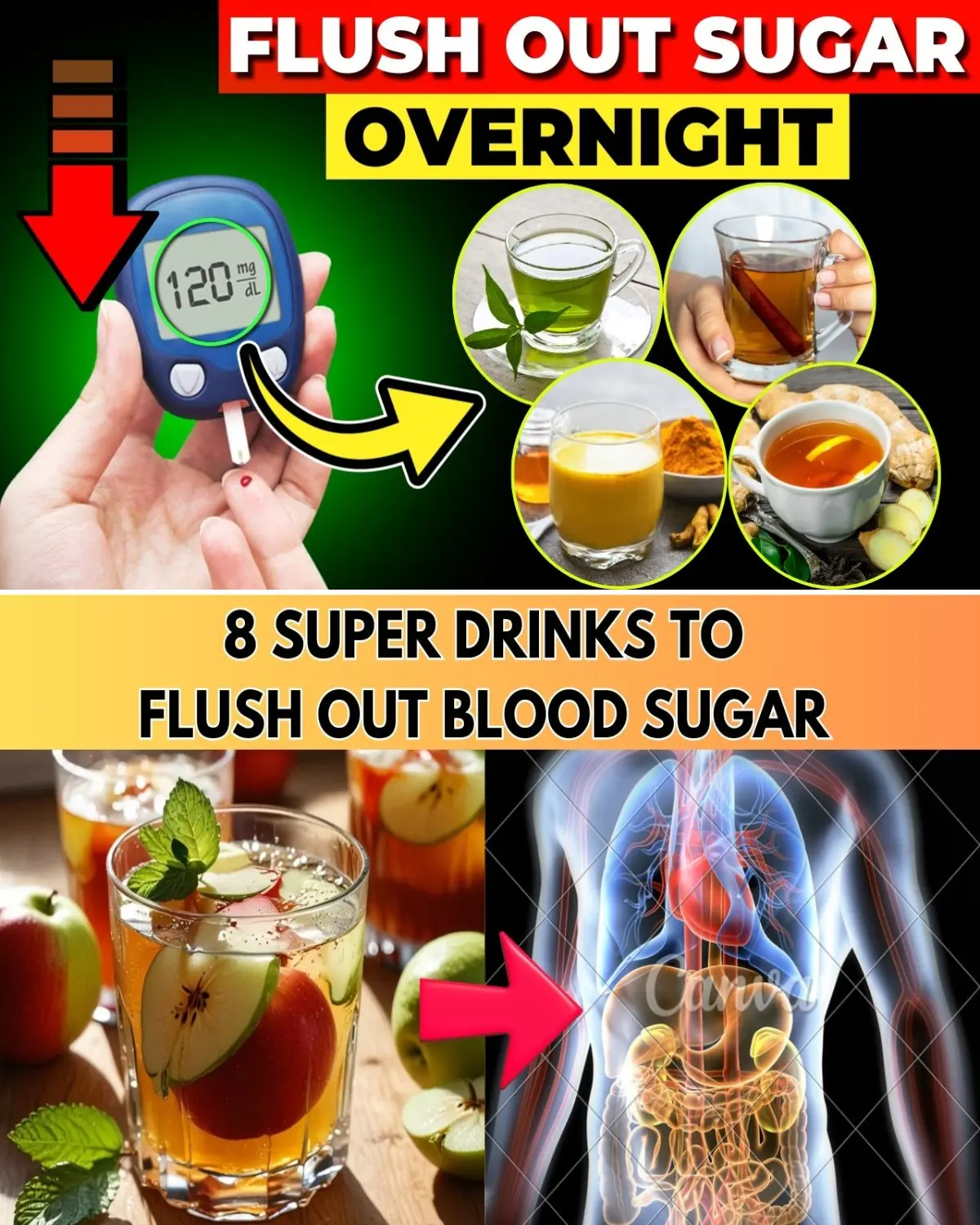
8 Super Drinks to Flush Out Blood Sugar Overnight

Drink This One Glass to Cleanse Your Colon Naturally in Minutes

Do These 10 Things! No Kidney Patient Will Ever Lose a Kidney
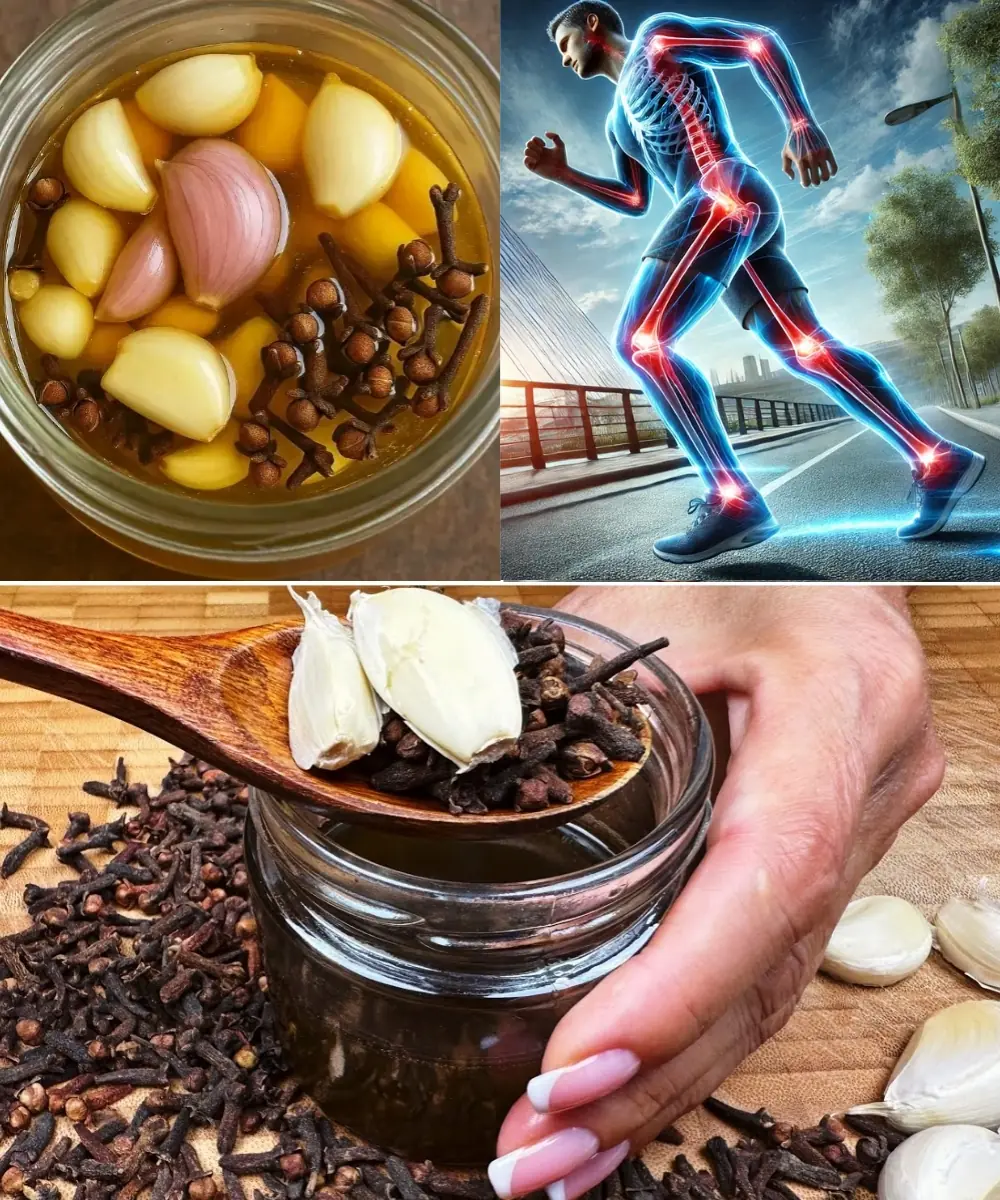
Garlic, Honey, and Cloves – A Powerful Natural Remedy Packed with Health Benefits

Discover the Power of Rosemary: Nature’s Morphine in Your Home
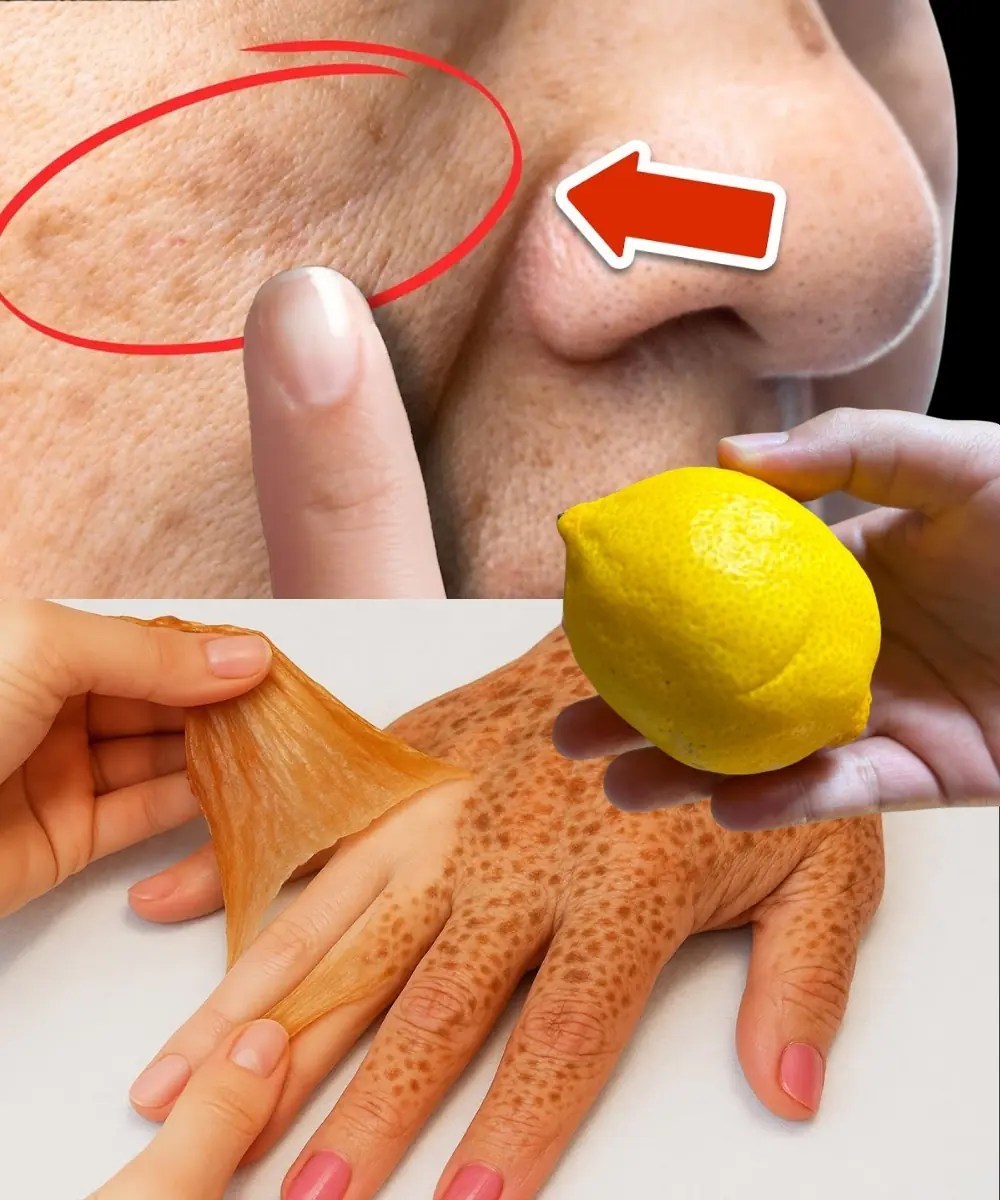
How to Remove Age Spots Naturally with Lemon Juice

Top 15 Natural Collagen-Boosting Foods That Rebuild Skin, Joints, and Bones Fast
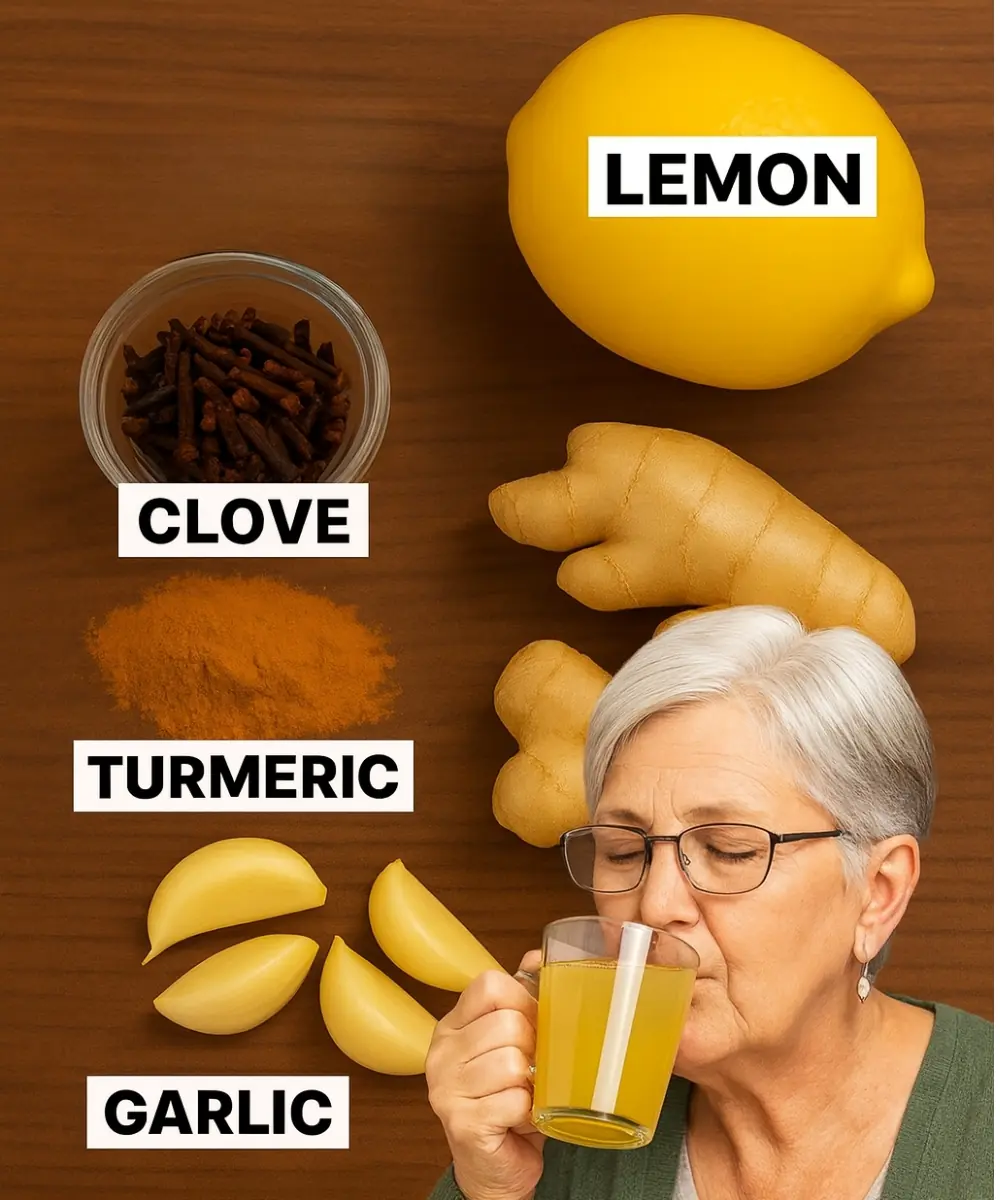
The 5-Ingredient Tea Revolution: Why Every Woman Needs This Daily Elixir
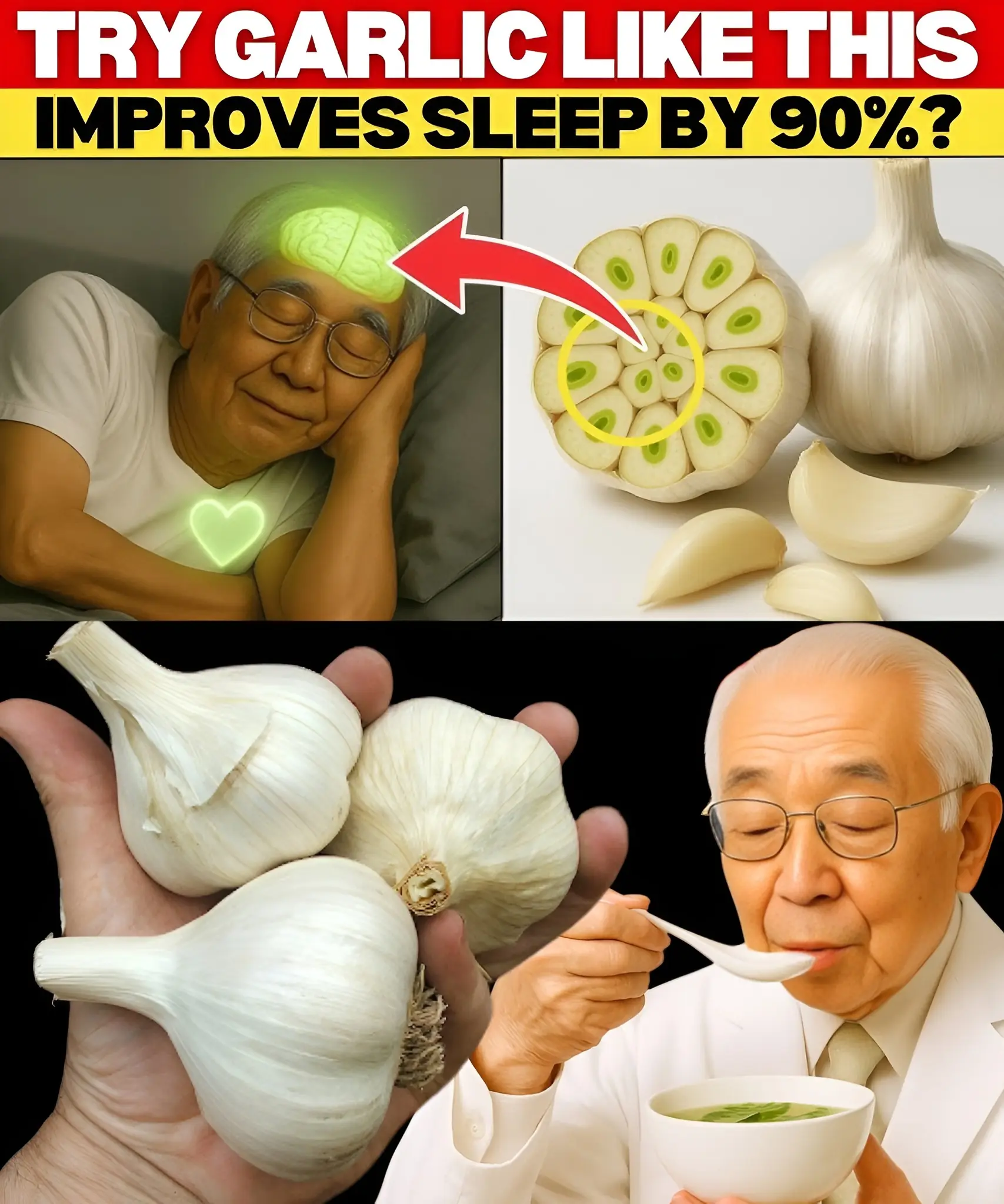
The Japanese Garlic Ritual That Improves Sleep Naturally
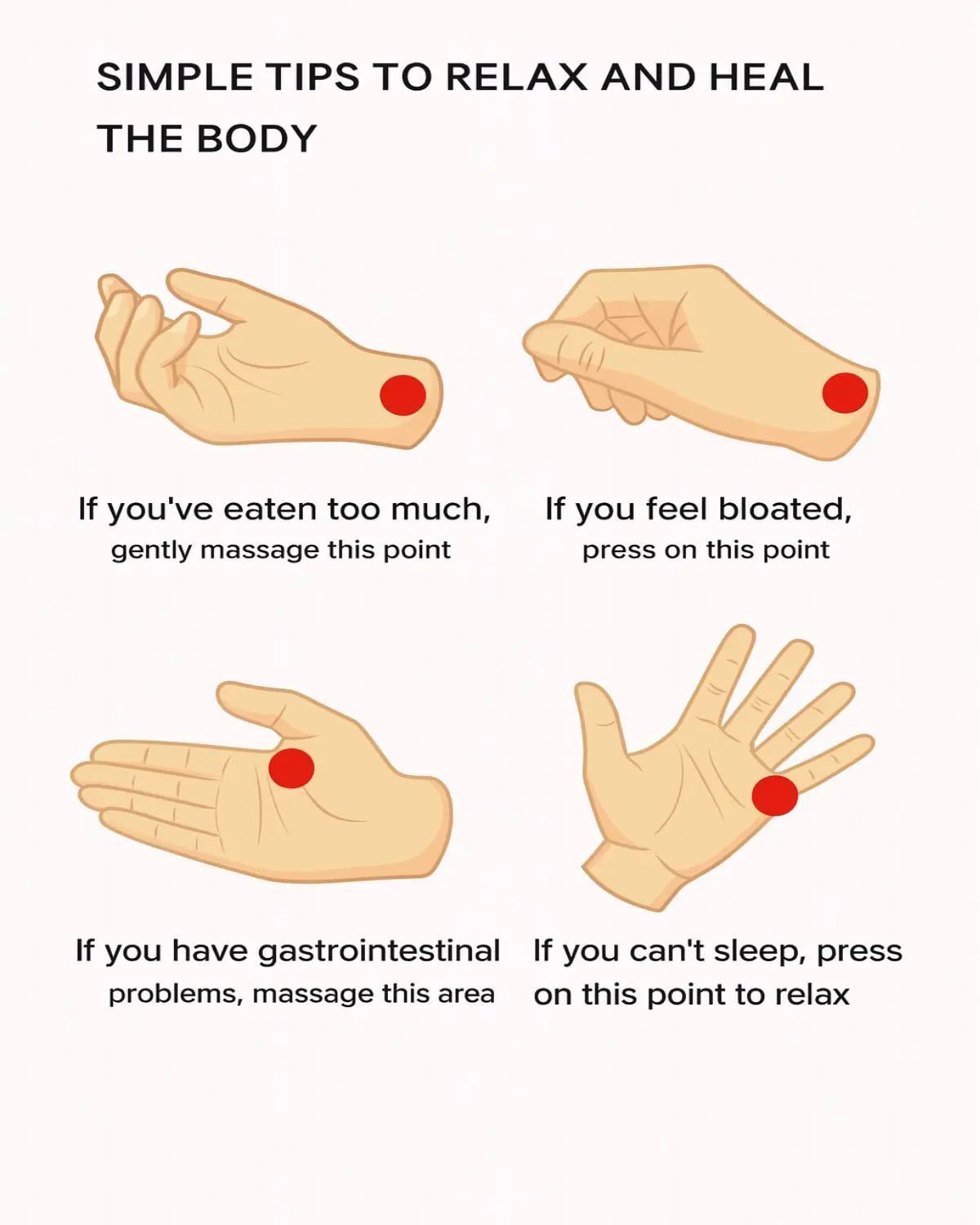
Simple Hand Acupressure Tips for Overeating, Bloating, Digestion, and Insomnia Relief
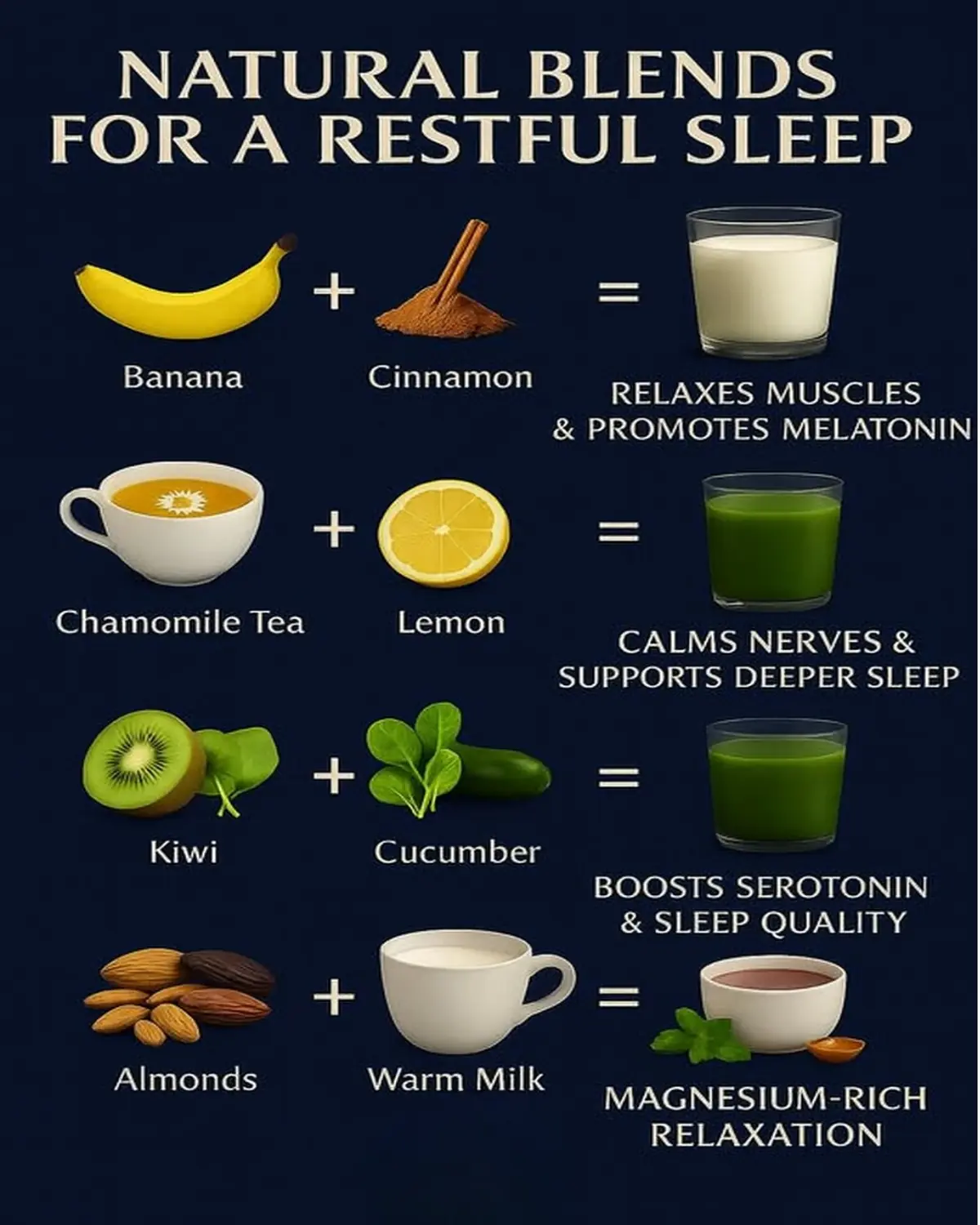
Natural Blends for Restful Sleep You Need to Know

Sip Your Way to Sunshine with Bananas and Turmeric

A Natural Tea That May Support Your Wellness Journey

Fresh Carrot, Orange, Ginger, and Lime Juice: A Vision-Boosting Elixir
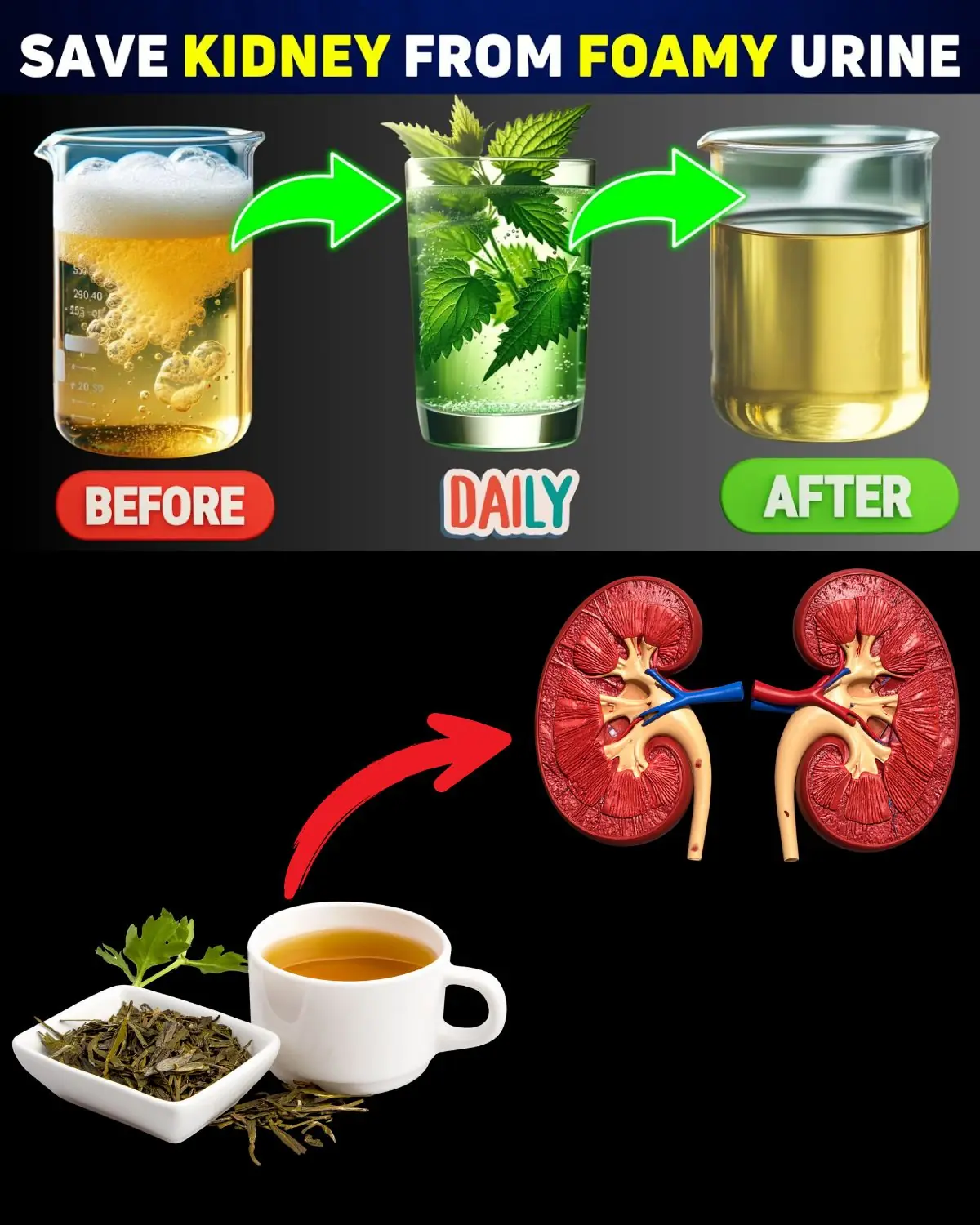
Top 10 Super Drinks That May Help Reduce Proteinuria and Support Kidney Health
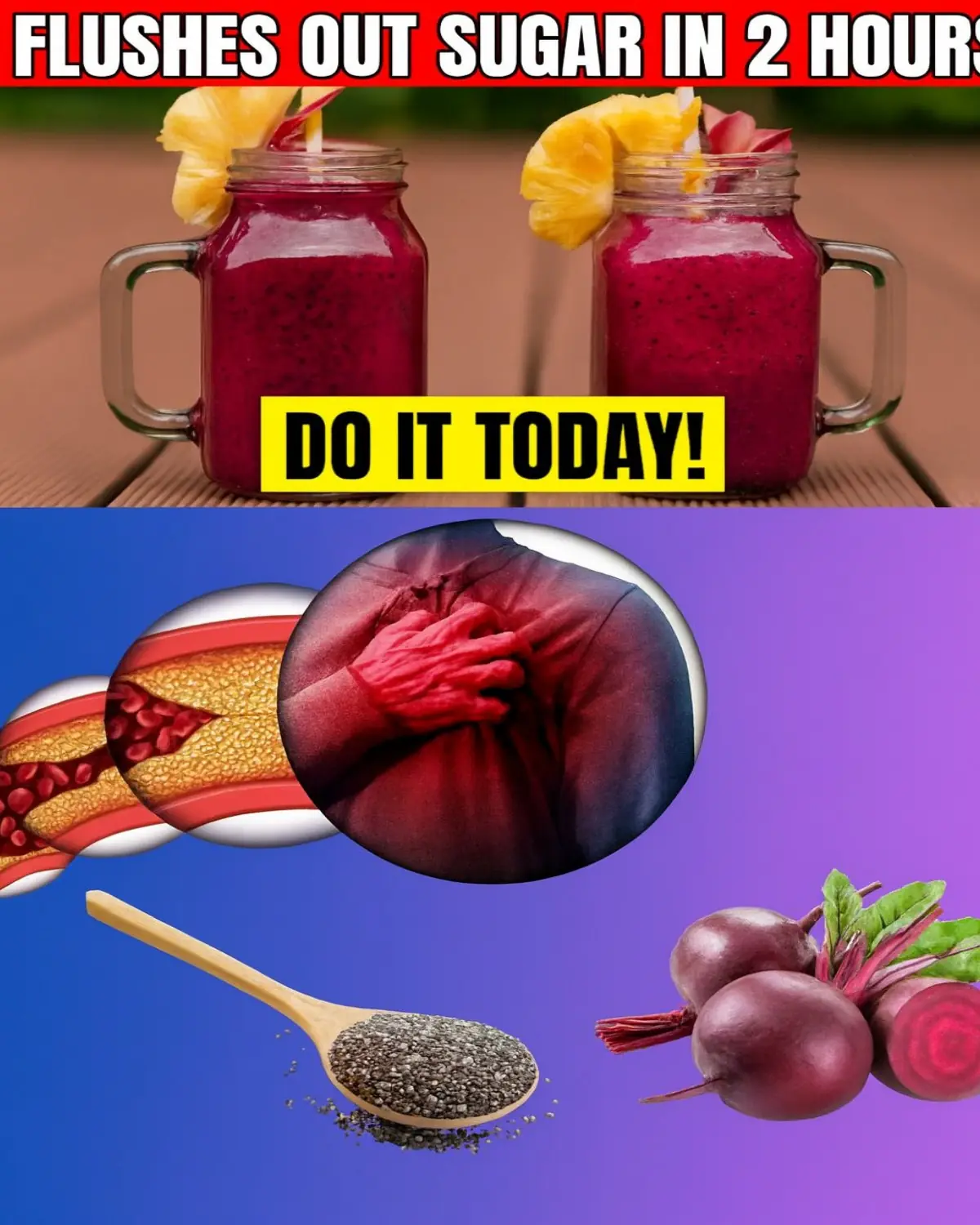
A Simple 2-Ingredient Drink to Support Your Health
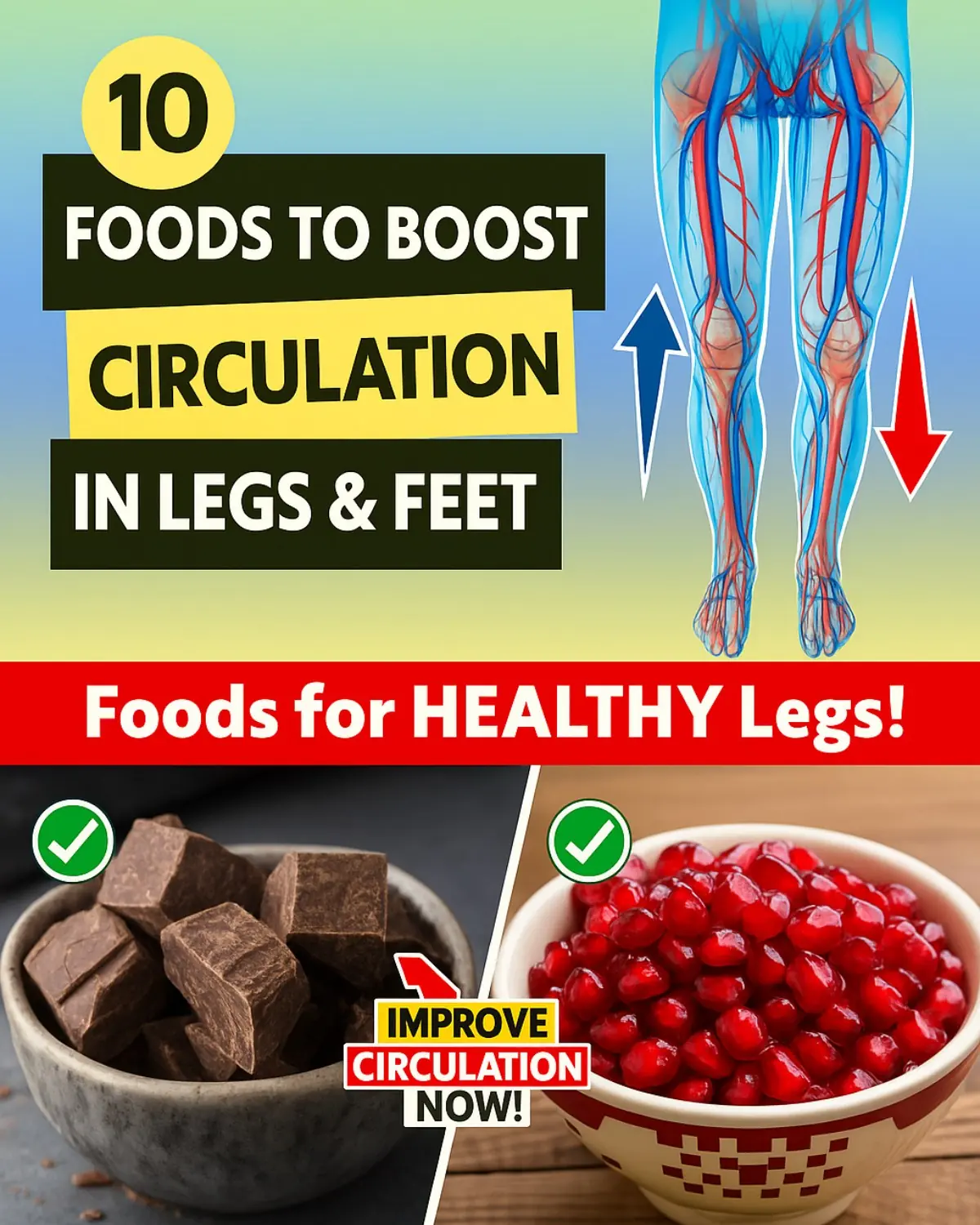
10 Foods to Boost Circulation in Your Legs and Feet
News Post

61-year-old man remarries his first love, wedding night brings shocking revelation

When a K-Pop Birthday Went Wrong: The Brazilian Brother Who Mistook Kim Jong Un for a Korean Idol
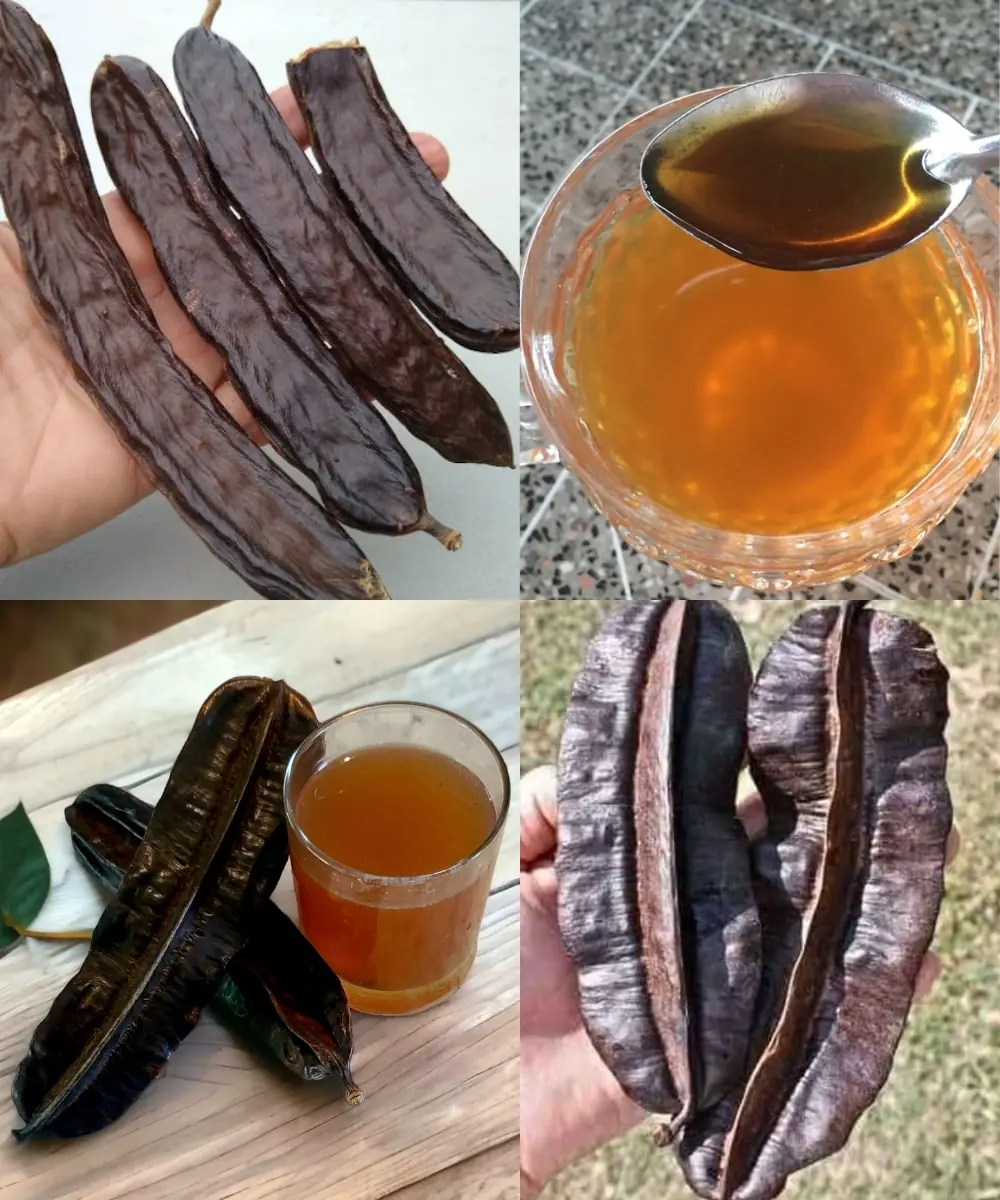
Carob: The Forgotten Superfruit Making a Healthy Comeback in 2025
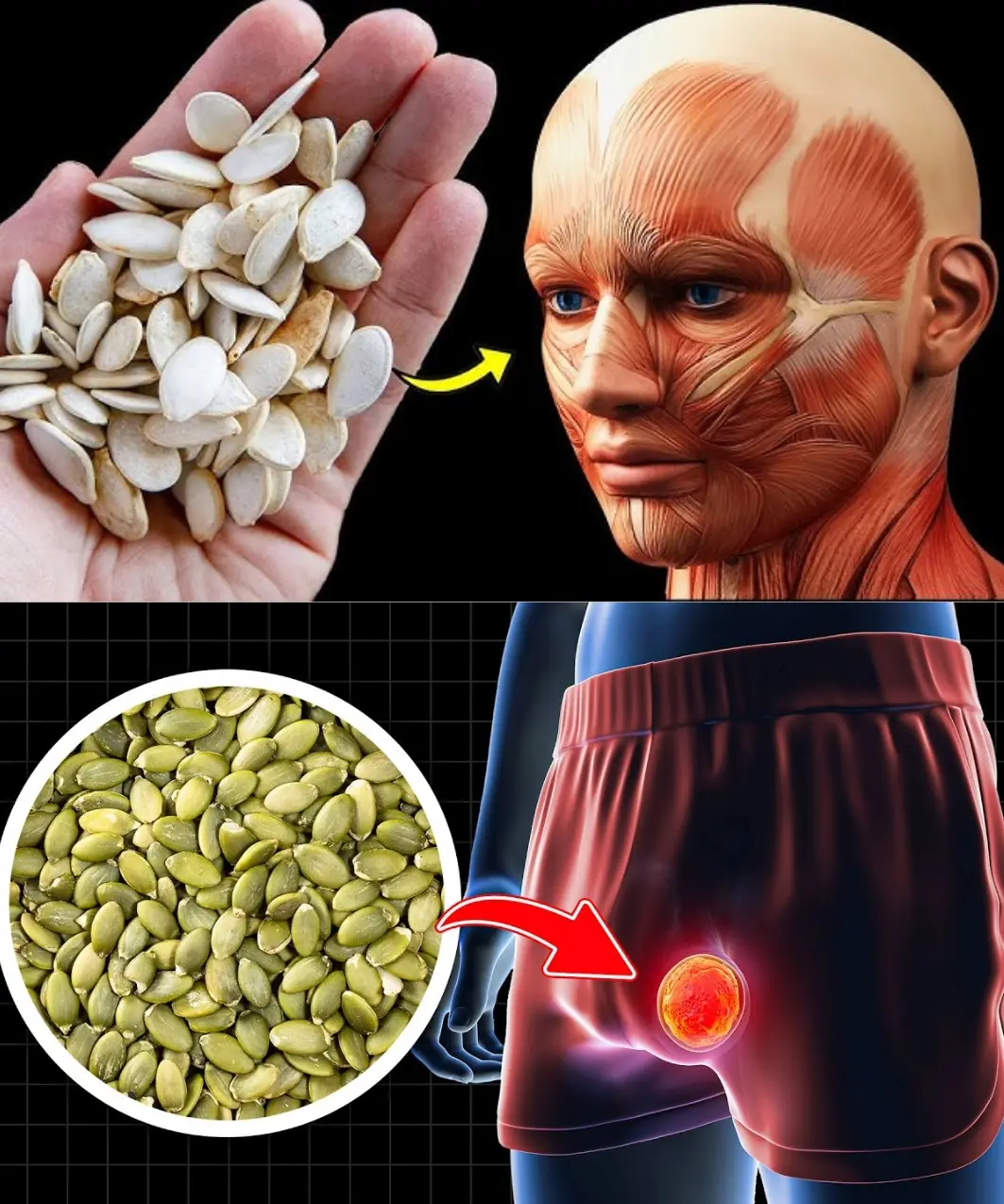
What Happens To Your Body When You Eat Pumpkin Seeds Every Day

4 foods to eat on an empty stomach in the morning to cleanse the gut, boost digestion, and lower cancer risk

Itchy Breasts? Here Are 6 Health Issues That Could Be Behind It

Things that make men instantly unattractive

What Your Skin Could Be Telling You About Hidden Health Issues

Transform Your Health with Just 2 Cloves a Day: The Tiny Spice with Massive Benefits

11 Secrets About Sweet Potatoes You Didn’t Know

8 Super Drinks to Flush Out Blood Sugar Overnight

Drink This One Glass to Cleanse Your Colon Naturally in Minutes

Do These 10 Things! No Kidney Patient Will Ever Lose a Kidney

Banana Tea: Should You Try It? (Nutrition, Benefits, Recipe)

When a Woman Stops Loving: Recognizing the Signs and Taking Care of Yourself

Amazon Rainforest Fungus That Eats Plastic: A Real Discovery With Real Limits

The Romantic Rituals of Seahorses: A Morning Dance of Devotion

Garlic, Honey, and Cloves – A Powerful Natural Remedy Packed with Health Benefits
